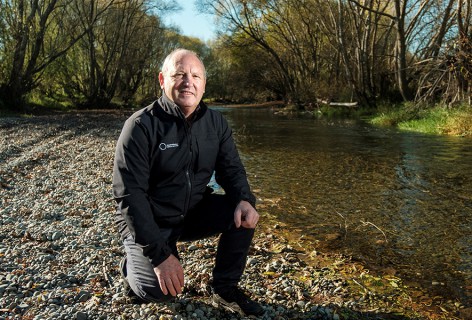Dr Chris Phillips, a senior researcher in Erosion Processes at Manaaki Whenua, says better information on the WoV can help forest managers develop appropriate risk management strategies. “This is a period of several years, where the landscape is particularly susceptible to rainfall-triggered shallow landslides between crop rotations. It is also often when the impacts of large storms such as Cyclone Gabrielle are at their greatest.”
Chris recently led a project that looked at the WoV in steepland plantation forests in three regions that had been affected by large rainfall events.
“Using forest company information, LiDAR and satellite imagery we manually discriminated rainfall-triggered landslides for each of our three study areas. Landslides were ‘tagged’ to vegetation cover, time since harvesting, whether associated with forest infrastructure such as roads and landings, and if they connected to the stream network or not.”
Maximum landslide density occurred on land clear-felled 2–4 years before the rainfall event that triggered them. Landslides also occurred in older forest age classes and on areas with different vegetation covers (mature indigenous forests, pasture, scrub, etc). “There were fewer landslides associated with forest infrastructure than those deemed to be ‘natural’ slope failures, and half the triggered landslides reached the stream network,” he says.
Chris says better information on the period of susceptibility to rainfall-triggered landslides following forest removal will help forest managers know what can and can’t be done to mitigate the effects of rain events that result in landslides and in some cases often disastrous off-forest impacts.

